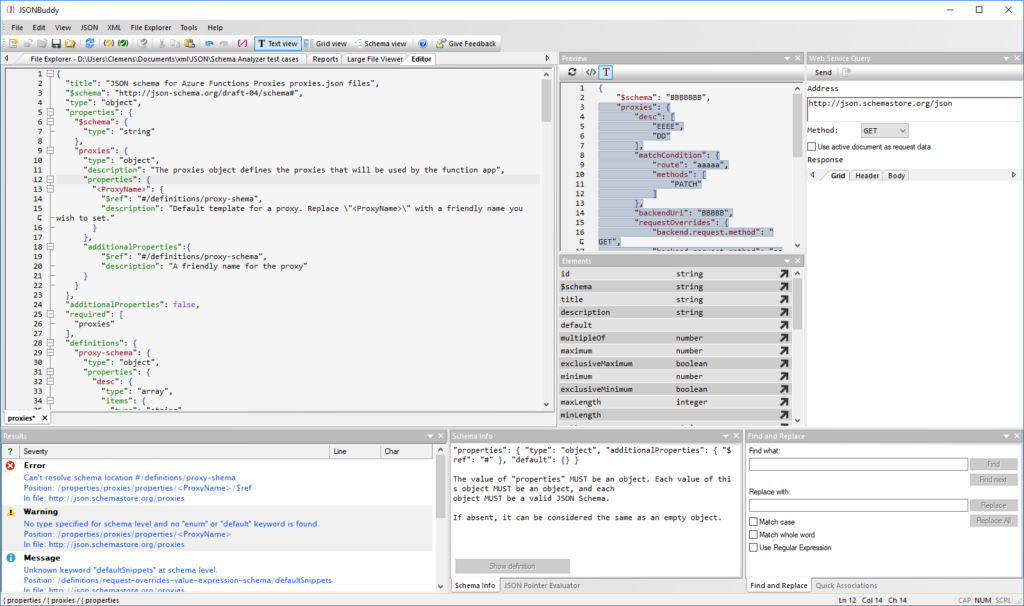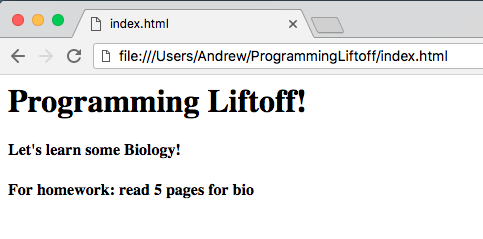

Keep your API keys in a safe place, you will need them later. In the guide, you will need to provide a name for your API keys and a space ID will be assigned to your account. Once you have created an account, log in and you will be directed to a quick start guide. You can create an account using an email address, a google or a GitHub account. To create a data model with Contentful, you would need to sign up with them.
#Contentful json editor how to#
Using Fetch API is not the best way to query a GraphQL server, but if you can understand how to send a request using it then you can try out technologies such as Apollo Client for more advanced projects.

All I had to do was query the data model, request for the data I needed and then integrate them dynamically to my React JS application. I did not have to create a GraphQL server, because of Contentful CDA. You would always get the exact data you expect when you query a GraphQL server, because it knows what fields the client is asking for. In its most basic form, GraphQL is about requesting specific fields on objects. GraphQLĪs defined in the docs, GraphQL is a query language for APIs, and a server-side runtime for executing queries using a type system you define for your data.

We would take a quick look at GraphQL, then go straight to developing the data model. I was able to develop a data model for the application using Contentful, add data using the data model, and use GraphQL to query their Content Delivery API (CDA) - a read-only API for retrieving content from Contentful. There are numerous Headless CMS in the market that you can try out, I decided to use Contentful because the customer preferred it. Unlike traditional CMS where content is organized in webpage oriented frameworks and manually entered into a page template, headless CMS integrates content into any system, software, or website just by calling the APIs it exposes. What this means is that a headless CMS enable you to manage content in one place and still be able to distribute that information across any frontend framework you choose. Headless CMSĪ headless CMS is any form of back-end content management system where the content repository, the “body” is separated from the presentation layer, the “head”. Also, I would create a data model in Contentful, input dummy data into it, and query the data using GraphQL in a React application. In this article, I would give a brief explanation of both headless CMS and Graph QL and how to connect to Contentful GraphQL server using a custom hook and Fetch API, including error handling. If anyone out there decides to implement these technologies in their projects, I hope this will help them ease into them because, like all other technologies, it was not an easy nut to crack. It is my first experience using a headless content management system (CMS) and GraphQL, I definitely would use them again. I have recently developed a serverless blogging app, and I would like to share my experience with the technologies implemented in it. Create custom content types, pick and choose individual fields and arrange entries in flexible hierarchies.Using React JS with Contentful Headless CMS and Graph QL The user management API enables the integration of Contentful user and application governance with the rest of the technology stack. Manage users easily with roles and permissions to safeguard content. Granular locale settings and scheduled publishing ensure every launch is on time. Publish in multiple languages and at different embargoed times or time zones. Tailored for maximum productivity-the easy-to-use and completely customizable UX is built for authoring all types of content: rich text, location, dates, collections, JSON snippets, entry references, and more. Open Source LibrariesĬustomize the editorial interface with the Forma 36 design system and field editors that enable implementing custom behavior without re-creating components from scratch.
#Contentful json editor Offline#
Optimize mobile performance with selective sync, image auto-compression, and support for offline persistence. Aggregate content from multiple sources with fewer API calls and without the overhead of managing back-end systems.

GraphQL APIĭefine exact server responses. Channel-Agnostic Editingīuild content faster and publish it on more channels with a built-in markdown editor and an embedded media library that updates source files without breaking public links.
#Contentful json editor software#
Integrate with house-built or third-party applications and cloud software directly in the web app. Preview drafts and completed entries without worrying about leaks or service disruptions.


 0 kommentar(er)
0 kommentar(er)
